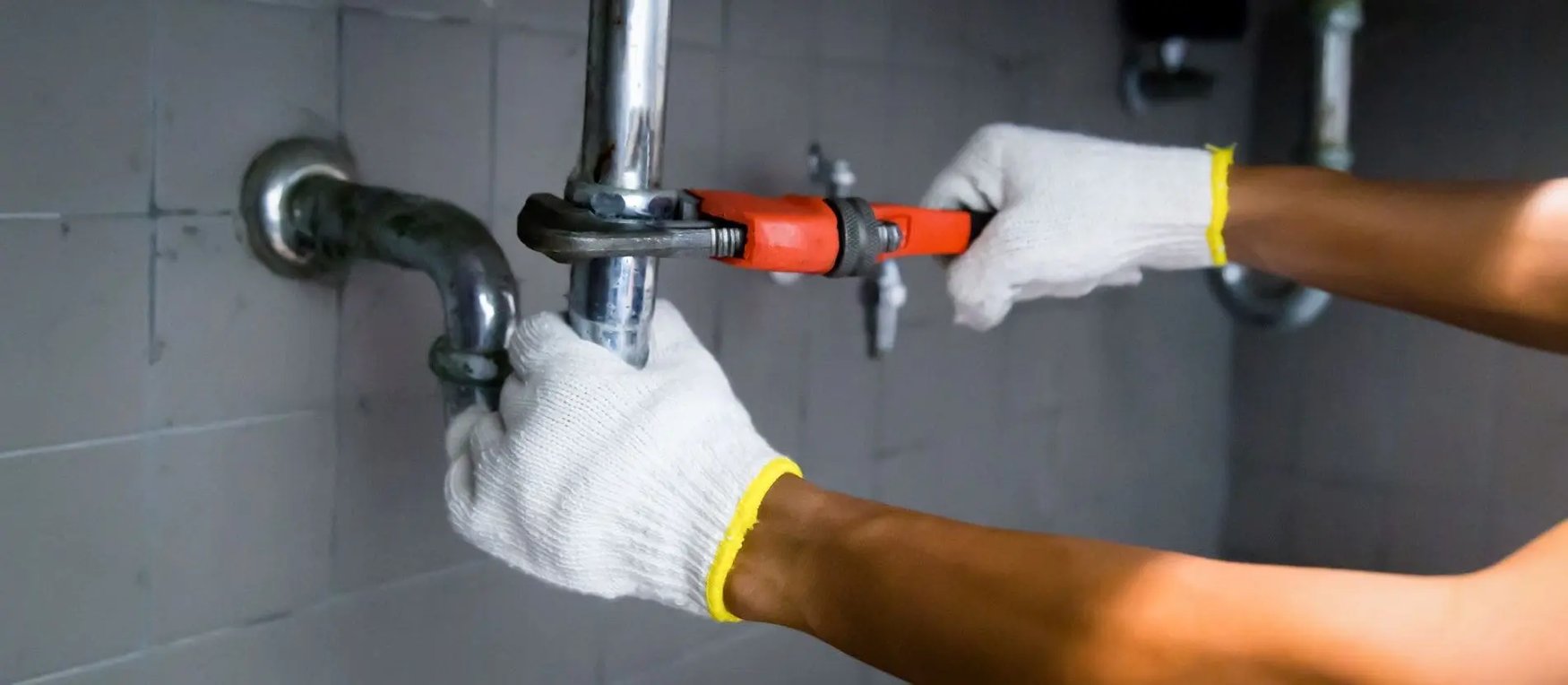3 Major Problems With Plumbing Systems in Arizona and Their Solutions

Plumbing problems are consistent everywhere, with common occurrences like stubborn clogs and leaking pipes taking center stage. However, the mineral deposits and sediments in the available hard water have worsened the already dire situation in Arizona. Plumbing systems in Arizona have to work harder as pipes and appliances face constant wear and tear, demanding frequent maintenance.
As an Arizona resident, you might have encountered some recurrent plumbing problems over the past without knowing how to solve them. Below, we share the three major Arizona plumbing system problems and how to solve them.
1) Scale Buildup
Scale buildup is one of Arizona's most dreaded and stubborn plumbing system problems, as it’s extremely difficult to descale water lines once clogged with scale. Due to the minerals in hard water, a hard, crusty deposit accumulates inside your pipes and plumbing fixtures to form a scale.
These scale buildups will accumulate, block water flow, and cause other plumbing problems over time. The best way around this issue is to install efficient water softener systems that filter out the harsh mineral deposits from the water. The best water softeners for Arizona should be able to:
- Eliminate limescale
- Filter out VOCs and chlorine
- Preserve your pipes and fixtures
Once you have the right system installed, you should enjoy better water pressure, an extended appliance lifestyle, and better skin and hair health, among other benefits.
2) Slow or Clogged Drains
Closely related to scale buildup, slow or clogged drains are another common problem in Arizona caused by various issues. The common causes of clogs and slow drains are soap and hair particles falling into the drain. Sometimes, foreign objects might also find their way into the system or plumbing mistakes during construction. These clogs are common in kitchen sinks and bathtub drains, especially because it takes a lot of soap to form a lather with hard water.
There are several simple solutions you can try to resolve this issue, including using a drain snake or a plunger to remove the clog. Drain cleaners can also come in handy, but you should put this as a last resort because chemicals can spoil your piping system’s components. Once you’ve removed the clog, you can install a drain screen to prevent any future clogging.
3) Leaking Faucets
Whether in the kitchen or bathroom sinks, a leaking faucet disturbs homeowners' peace with the incessant dripping sound and is a significant contributor to high water bills at home. Faucets are part of the water-flow system that allows the high-pressure water running through your plumbing system to reach its end use. However, this water cannot flow out anytime it wishes. So, a silicon-based washer or water-tight rubber is used to stop the water from flowing out when the faucet is closed. Over time, these two might tear or slip out of position, causing the leak you have in your faucet.
A quick solution is to have the affected part replaced, or you may consider replacing the entire faucet if need be. This is a task best performed by professionals, so if you’re not so acquainted with it, you better get help as early as possible to minimize the costs of trial and error.
Arizona homeowners might have many other little plumbing system problems, but these three stand out as the most common ones. Solving these three problems could extensively help cover many other related problems like low water pressure and toilet troubles. It’s also important that you seek professional help so you can have a long-lasting solution to any of the problems.

Ravindra Ambegaonkar
Ravindra, the Marketing Manager at NY Engineers, holds an MBA from Staffordshire University and has helped us grow as a leading MEP engineering firm in the USA
Join 15,000+ Fellow Architects and Contractors
Get expert engineering tips straight to your inbox. Subscribe to the NY Engineers Blog below.


